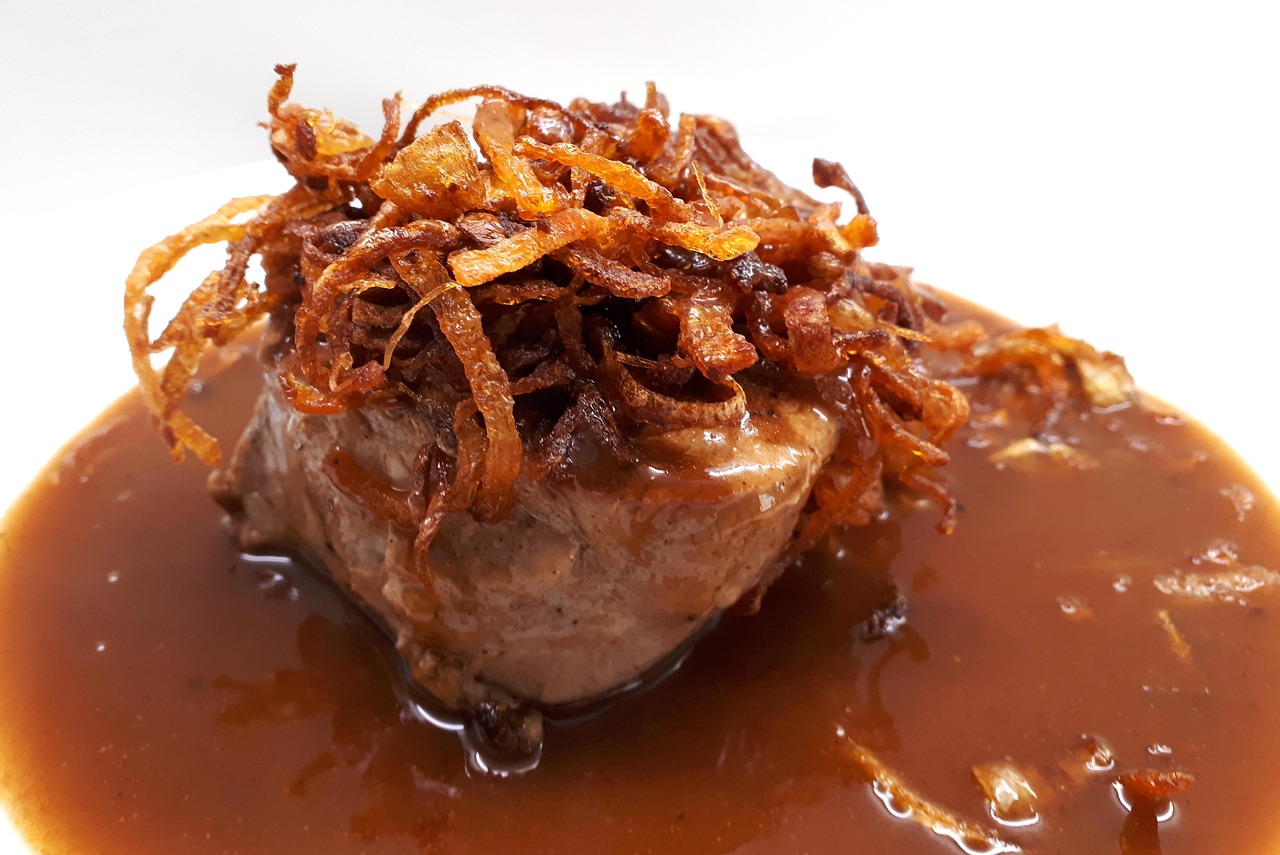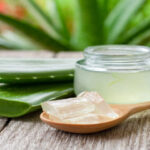Have you ever opened your fridge to find a lonely bell pepper and half an onion, wondering how to turn them into something delicious? Oven-roasted peppers and onions are the answer—a versatile, healthy, and easy-to-make dish that elevates any meal.
Whether you’re meal prepping, adding flavor to sandwiches, or serving a vibrant side dish, roasted peppers and onions deliver sweet, caramelized goodness with minimal effort. In this guide, you’ll learn:
-
The best peppers and onions for roasting
-
Step-by-step roasting techniques
-
Flavor-boosting seasoning ideas
-
Creative ways to use them in meals
Why Roast Peppers and Onions?
Roasting transforms these humble vegetables into tender, sweet, and smoky delights. The high heat caramelizes their natural sugars, deepening their flavor. Plus, it’s hands-off cooking—just chop, season, and let the oven do the work.
Benefits of Oven Roasting:
✅ Enhanced Flavor – Caramelization brings out natural sweetness.
✅ Meal Prep Friendly – Stores well for 4–5 days.
✅ Versatile – Great in tacos, pasta, omelets, and more.
✅ Nutritious – Rich in vitamins C, A, and antioxidants.
Choosing the Best Peppers and Onions
Best Peppers for Roasting:
-
Bell Peppers – Red, yellow, or orange (sweeter than green).
-
Poblano Peppers – Mild heat, great for fajitas.
-
Banana Peppers – Slightly tangy, perfect for sandwiches.
Best Onions for Roasting:
-
Yellow Onions – Balanced sweetness and sharpness.
-
Red Onions – Mild, slightly peppery, and colorful.
-
Sweet Onions (Vidalia, Walla Walla) – Extra caramelization.
Pro Tip: Mix colors for visual appeal and varied flavor!
How to Roast Peppers and Onions (Step-by-Step)
Ingredients:
-
2 bell peppers (any color), sliced
-
1 large onion, sliced
-
2 tbsp olive oil
-
1 tsp salt
-
½ tsp black pepper
-
Optional: 1 tsp garlic powder, smoked paprika, or dried herbs
Instructions:
-
Prep the Veggies – Slice peppers and onions into even strips (about ¼-inch thick).
-
Season – Toss with olive oil, salt, pepper, and any extra spices.
-
Roast – Spread on a parchment-lined baking sheet in a single layer.
-
Bake – At 400°F (200°C) for 20–25 minutes, stirring halfway, until edges char slightly.
Pro Tip: For extra caramelization, broil for 2–3 minutes at the end.
5 Flavor Variations to Try
Switch up the taste with these seasoning blends:
-
Italian Style – Olive oil, garlic, oregano, and balsamic glaze.
-
Mexican Fiesta – Cumin, chili powder, and lime juice.
-
Mediterranean – Lemon zest, thyme, and a sprinkle of feta.
-
Smoky BBQ – Paprika, brown sugar, and a dash of cayenne.
-
Simple & Herby – Fresh rosemary, garlic, and sea salt.
How to Use Roasted Peppers and Onions
These veggies are meal-prep gold! Here’s how to enjoy them:
1. Sandwich & Wrap Enhancer
-
Philly Cheesesteak – Pile onto toasted rolls with melted provolone.
-
Veggie Wraps – Add hummus and spinach for a quick lunch.
2. Protein Pairing
-
Chicken or Steak Fajitas – Serve with warm tortillas and guacamole.
-
Egg Dishes – Fold into omelets or scrambled eggs.
3. Pasta & Grain Bowls
-
Quinoa Salad – Toss with chickpeas and lemon dressing.
-
Pasta Primavera – Mix with penne and Parmesan.
4. Pizza & Flatbread Topper
-
Gourmet Pizza – Layer on pizza dough with goat cheese.
5. Freezer-Friendly Prep
-
Store in airtight containers for up to 5 days or freeze for 3 months.
Common Mistakes to Avoid
🚫 Overcrowding the Pan – Leads to steaming instead of roasting.
🚫 Uneven Cutting – Causes some pieces to burn while others stay raw.
🚫 Skipping the Oil – Helps with caramelization and prevents sticking.
Final Thoughts: A Staple for Easy, Flavorful Meals
Oven-roasted peppers and onions are a game-changer for busy cooks. With just a few ingredients and minimal prep, you can add depth to countless dishes. Whether you’re topping a burger, stuffing a quesadilla, or mixing into a grain bowl, this versatile combo saves time and boosts flavor.










